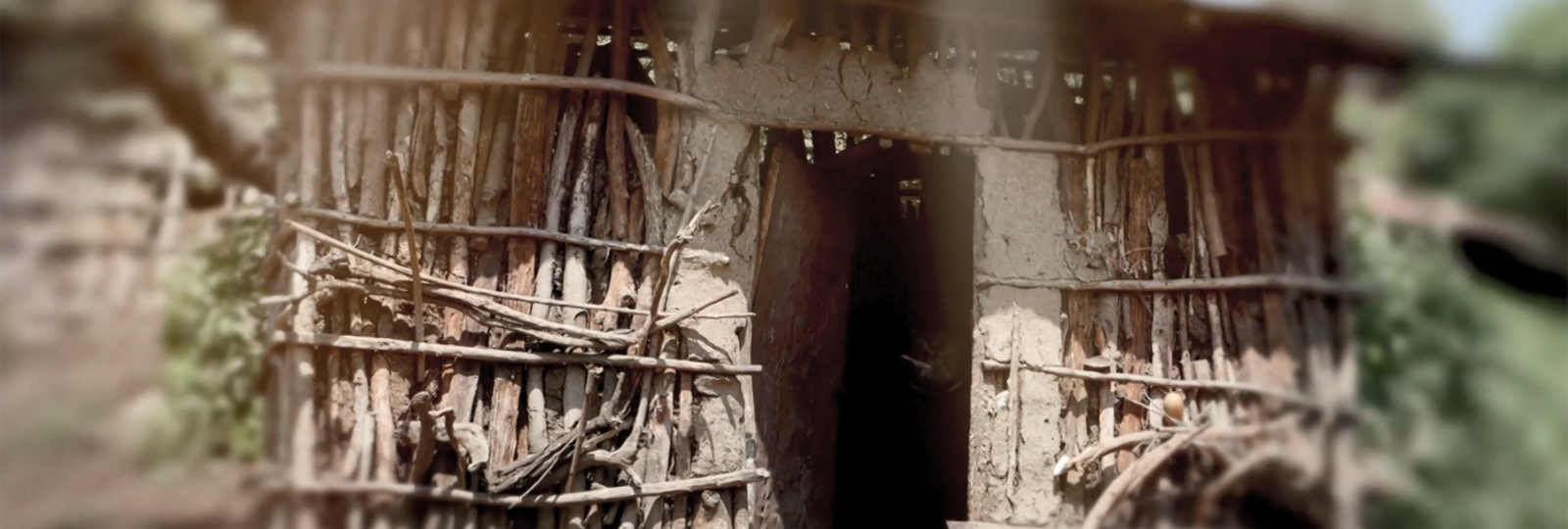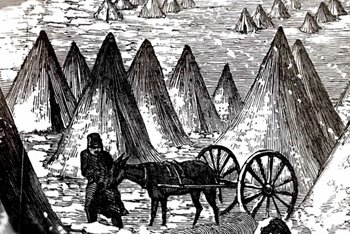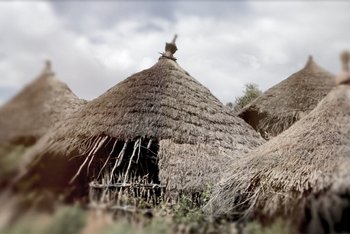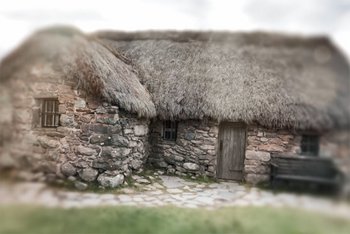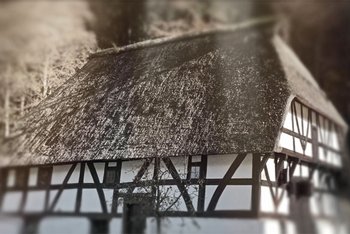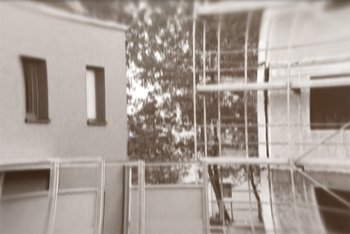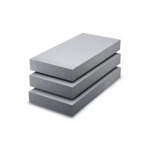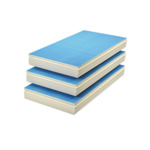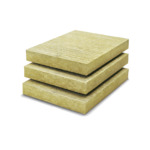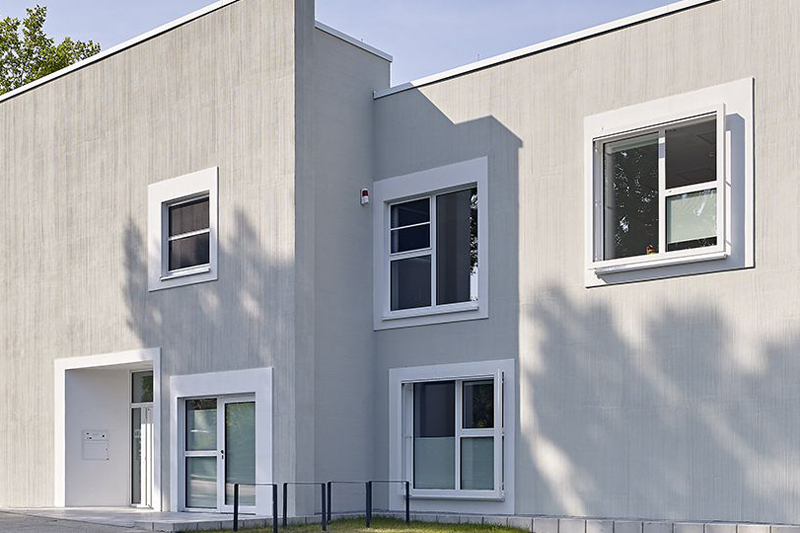Then and now A brief history of insulation
Our homes protect us from wind and weather, and keep us cozy warm.
Find out here how initial efforts to provide protection from cold have advanced over time.
Primitive, but intuitive beginnings
As early as the Bronze Age, people were occupied with the notion of protecting their dwellings from adverse weather influences. Primarily natural materials like reed and straw covered roofs, serving as effective heat insulation.
In the subsequent, intuitive step, clay and wooden huts were built as protection from the cold.
Stone as a milestone
Not least, industrial progress helped discover an important milestone in home building: walls, previously made of combustible wood, became walls of stone and brick. Roofs that had previously been covered with straw were now covered with brick.
This trend was a major precondition for the rapid growth of medieval cities. It would hardly have been possible with only easily combustible wooden structures.
As to insulation, however, there remained much room for improvement, because stone provides much less insulation than wood.
From no knowledge to prior knowledge
Until the Industrial Age, the insulating effect of building material was not a consideration per se. Building material was simultaneously insulating material. The issue of heat loss was not (yet) taken into account. Since stone walls were much thicker than those of wood, there was not yet a sense for the insulating effect of individual materials.
Not until industrialization did insulation of steam-engine conduits and boilers come into consideration, leading to general development of specific insulating materials.
The beginnings of synthetic insulation material
After 1945 during the reconstruction of Germany, old, natural building materials were still primarily in use for solid building. Since ever more spaces were permanently heated, there was a significant increase in the need for insulation, and in the 1950s the development of synthetic insulation material took off. Another milestone in the history of insulation.
The Heat Insulation Ordinance of 1977 accelerated the development of insulation with the goal of reducing energy consumption due to rising energy prices.
Today’s standards
Polystyrene, polyurethane and mineral wool – all are industrially manufactured synthetic insulation materials that have been used primarily since the 1950s, and today are indispensable for insulation. Looking ahead, insulation represents a successful, technically feasible and cost-effective strategy for mutual responses to climate change, higher energy costs, and the accompanying building codes.
And along the way, insulated houses have become fuzzy warm houses which remain warm in the winter and pleasantly cool in the summer.
